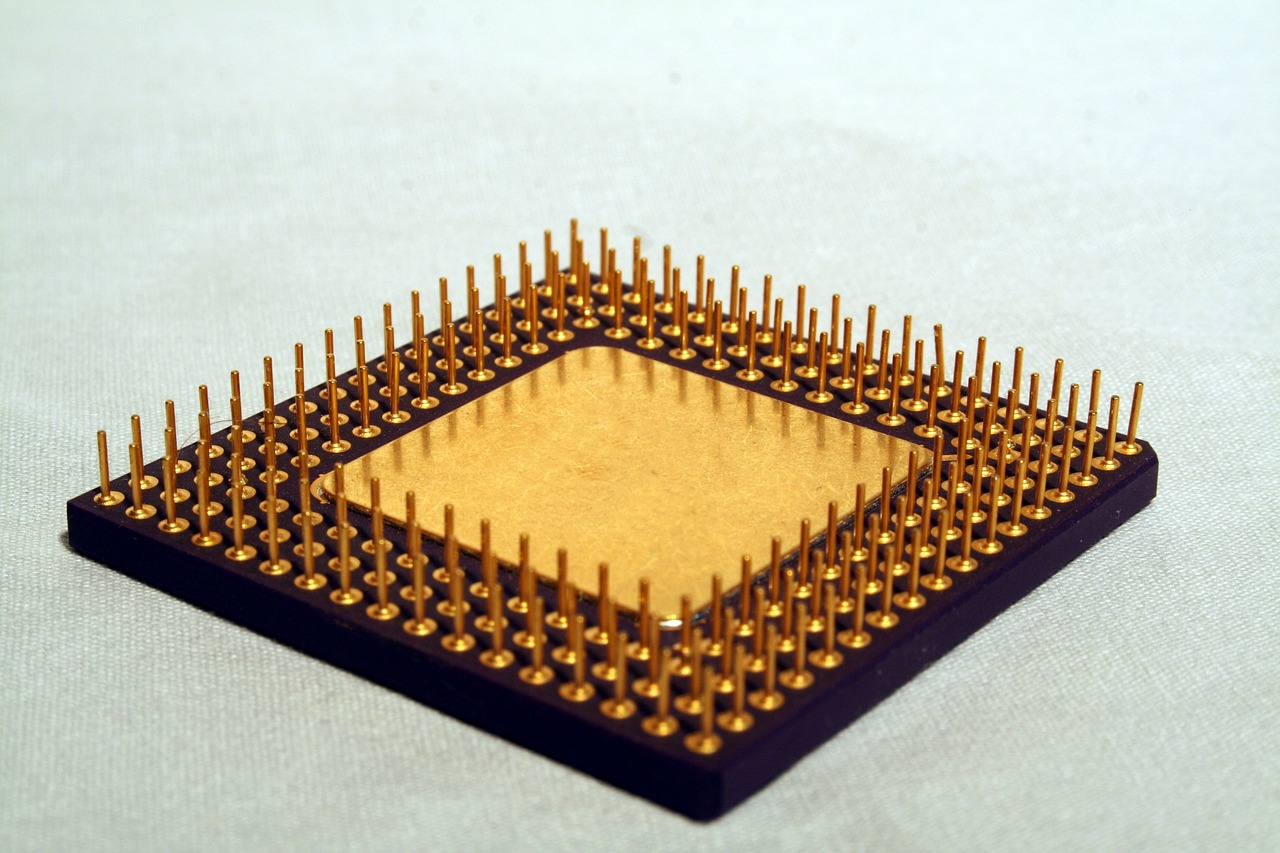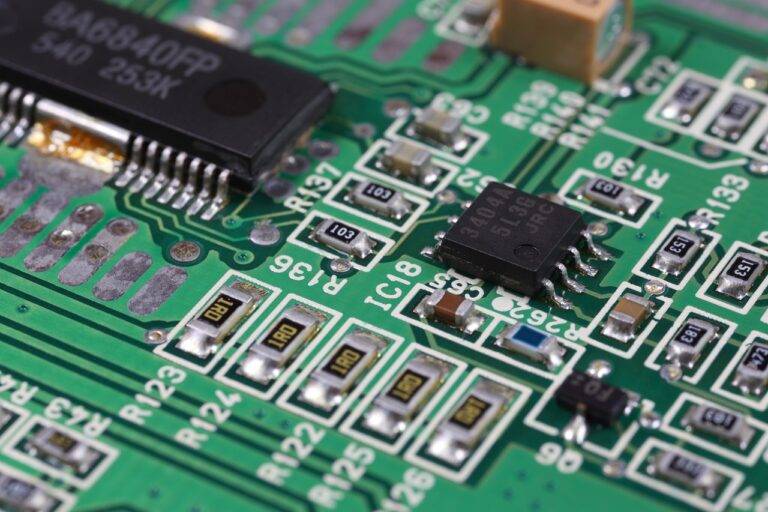Exploring the Role of Robotics in Elderly Care
As populations around the world continue to age, the demand for elderly care services is on the rise. With advancements in healthcare leading to longer life expectancies, the number of elderly individuals requiring assistance with daily activities and medical care is steadily increasing.
This demographic shift poses significant challenges for society as a whole, as the existing infrastructure for providing elderly care may not be equipped to support the growing needs of this population. Family members who traditionally would have provided care are often faced with balancing their caregiving responsibilities alongside their work and personal lives, leading to strain and burnout.
Challenges Faced by Caregivers
Caregivers often find themselves overwhelmed by the demanding nature of their role. The physical and emotional strain of providing round-the-clock care for elderly individuals can be exhausting. The lack of personal time and constant need to prioritize the well-being of others can lead to caregiver burnout, affecting not only their own health but also the quality of care they provide.
In addition to the personal sacrifices caregivers make, they also face financial challenges. Many caregivers have to cut back on their working hours or even quit their jobs to accommodate the needs of their elderly loved ones. This loss of income can put a strain on their own financial stability, adding another layer of stress to an already demanding situation. The financial burden of caregiving is often underestimated and can have long-term repercussions on the caregiver’s own well-being.
Caregivers often sacrifice personal time and well-being for the needs of others
The demanding nature of caregiving can lead to caregiver burnout
Financial challenges arise as caregivers may have to cut back on working hours or quit their jobs
Loss of income can put a strain on the caregiver’s financial stability
The financial burden of caregiving is often underestimated and can have long-term repercussions
Benefits of Robotics in Elderly Care
Robots have revolutionized the landscape of elderly care, offering a range of benefits that enhance the quality of life for seniors. One significant advantage is the assistance they provide in daily tasks such as medication reminders, monitoring vital signs, and even helping with mobility. This not only reduces the burden on traditional caregivers but also promotes independence and autonomy for the elderly.
Furthermore, robots can contribute to social engagement and mental stimulation for seniors through interactive features like conversation functionality and entertainment options. This fosters emotional well-being and combats feelings of loneliness or isolation often experienced by older adults. By incorporating robotics into elderly care, we can pave the way for a more efficient and holistic approach to supporting the aging population.
What is the growing need for elderly care?
The population of elderly individuals is increasing globally, leading to a greater demand for elderly care services to support their health and well-being.
What are some challenges faced by caregivers in providing elderly care?
Caregivers often experience physical and emotional strain, burnout, and difficulties in managing the complex needs of elderly individuals, especially as the population ages and medical conditions become more prevalent.
How can robotics help in elderly care?
Robotics can assist caregivers by providing support with tasks such as monitoring health metrics, medication reminders, mobility assistance, and companionship for elderly individuals.
What are some benefits of using robotics in elderly care?
Some benefits include increased efficiency in caregiving, improved quality of life for elderly individuals, reduced caregiver burden, and the ability to provide round-the-clock assistance and monitoring.






